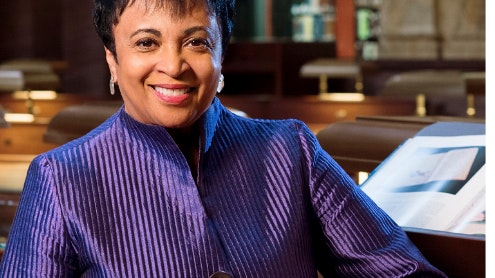Homepage
•
Learning Library
•
Blog
•
Making the Library of Congress More Relatable
Expand breadcrumbs
Expand breadcrumbs
- Learning Library
- Blog
- Making the Library of Congress More Relatable
- Homepage
- •
- Learning Library
- •
- Blog
- •
- Making the Library of Congress More Relatable
Making the Library of Congress More Relatable
By Julie Randles
February 3, 2022








